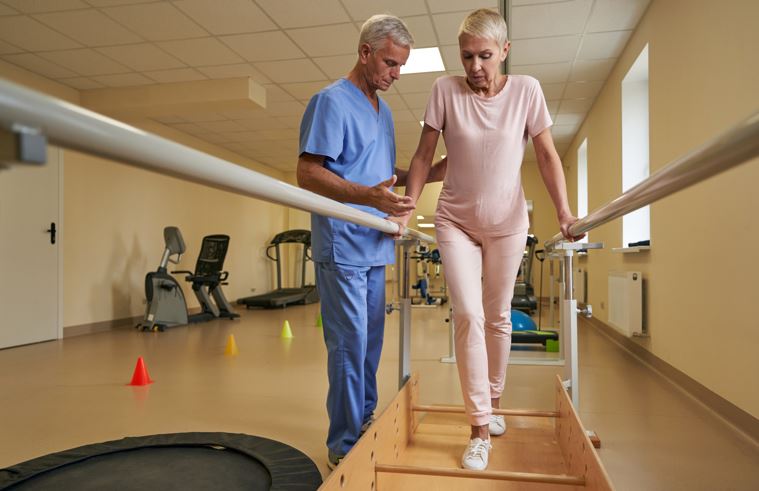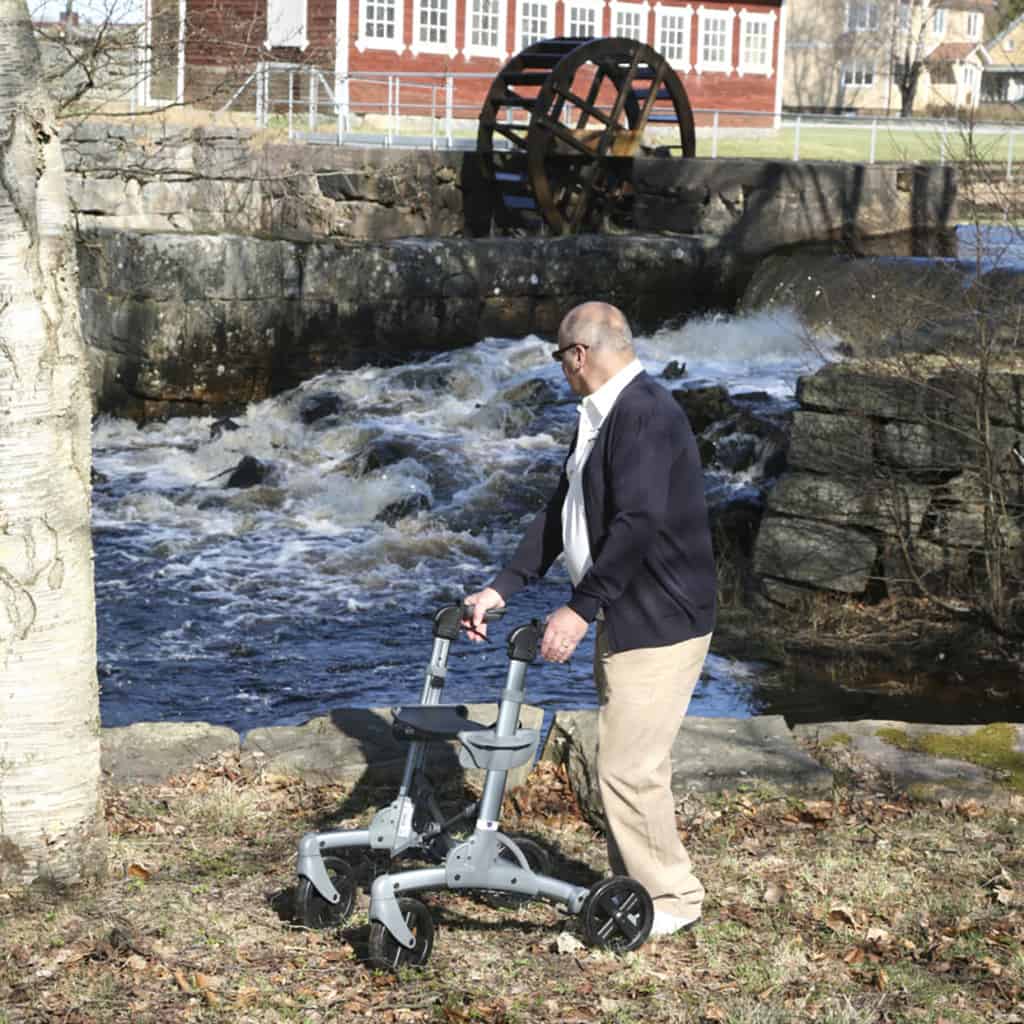Recovering from an inpatient procedure or surgery can be a difficult and strenuous process. The inactivity that is often inherent with a hospital stay just serves to delay and complicate a patient’s recovery, so early mobility is often essential. While movement can be a struggle, especially depending on the procedure or surgery that was performed, making the effort to begin movement as soon as possible and maintain it throughout the stay can help improve outcomes and decrease recovery time. Using active-passive therapy can be a significant help in these situations.
Many negative effects of inactivity
Even in healthy individuals, inactivity can have some significant negative effects. These are often compounded in someone that is recovering from a procedure as an inpatient. Maintaining a level of activity that works inactive muscle groups effectively without pushing the patient too hard can be a balancing act, however a necessary one. Not just reserved for those recovering as an inpatient, there are many negative effects of inactivity.
- Aerobic fitness has been shown to decline after just a few days of inactivity
- Muscle loss can begin within a week
- The body’s circulatory system is hindered, leading to an increased chance of blood clots and deep vein thrombosis (DVT)
- Longer recovery period
- Reduced sleep quality
- Increased feelings of anxiety and helplessness
- Bone weakening
- Potential for weight gain
- Reduced cardiac health
Early mobilization is a key to recovery
When recovering from an inpatient procedure or surgery, early mobilization is often the key to a good recovery process. Having the patient begin movement even within the first 24 hours after completion can reduce the length of the stay, make for a smoother rehabilitation path and lead to better patient outcomes. Once early mobilisation has been achieved, the patient is able to transition to a routine of daily mobility.
Active-passive therapy helps improve recovery
Using an active-passive trainer like the MedUp V2 as early in the recovery process as possible can help reduce the risk of complications while improving patient outcomes and recovery times. An active-passive trainer allows the patient to mobilize their arms and/or legs, even if they don’t have the muscle tone necessary for active mobility, or they are unable to get out of bed.

An active-passive trainer excels because it promotes improving both mobility and strength, both of which play a significant role in recovery. Using the built-in training modes users are able to customize their training plan for their needs. Whether they are able to operate the cycle completely independently or need significant support, the MedUp V2 will adjust to the needs of the user.
Passive mode: Ideal for those who aren’t able to use any of their own muscle strength, the passive mode is completely controlled by the built-in motor. Used primarily during early rehabilitation, this mode can help inpatients begin to increase range of motion and reduce initial muscle loss.
Assisted mode: As patients improve and the effects of inactivity subside, the assisted mode starts to play a role in recovery. Designed to offer partial assistance to the patient, the motor kicks in when they are unable to complete the movements on their own. This allows them to use what muscles they have built without stressing out their body.
Active mode: Once muscles have improved enough active mode is essential for the rehabilitation process. In this mode movement of the cycle is completely user-driven and resistance can be adjusted as the patient’s strength reaches levels that support more strenuous activity.
Reducing inactivity is essential for inpatient recovery
While recovering from a surgery or procedure, maintaining physical activity can feel like a nearly impossible task. However, inactivity can have many negative consequences for a patient. Using an active-passive trainer can help them to get moving as soon as possible during a hospital stay, without pushing the limits of their capability. This activity can lead to a better recovery and improved results, even if they aren’t able to use the cycle trainer on their own.





